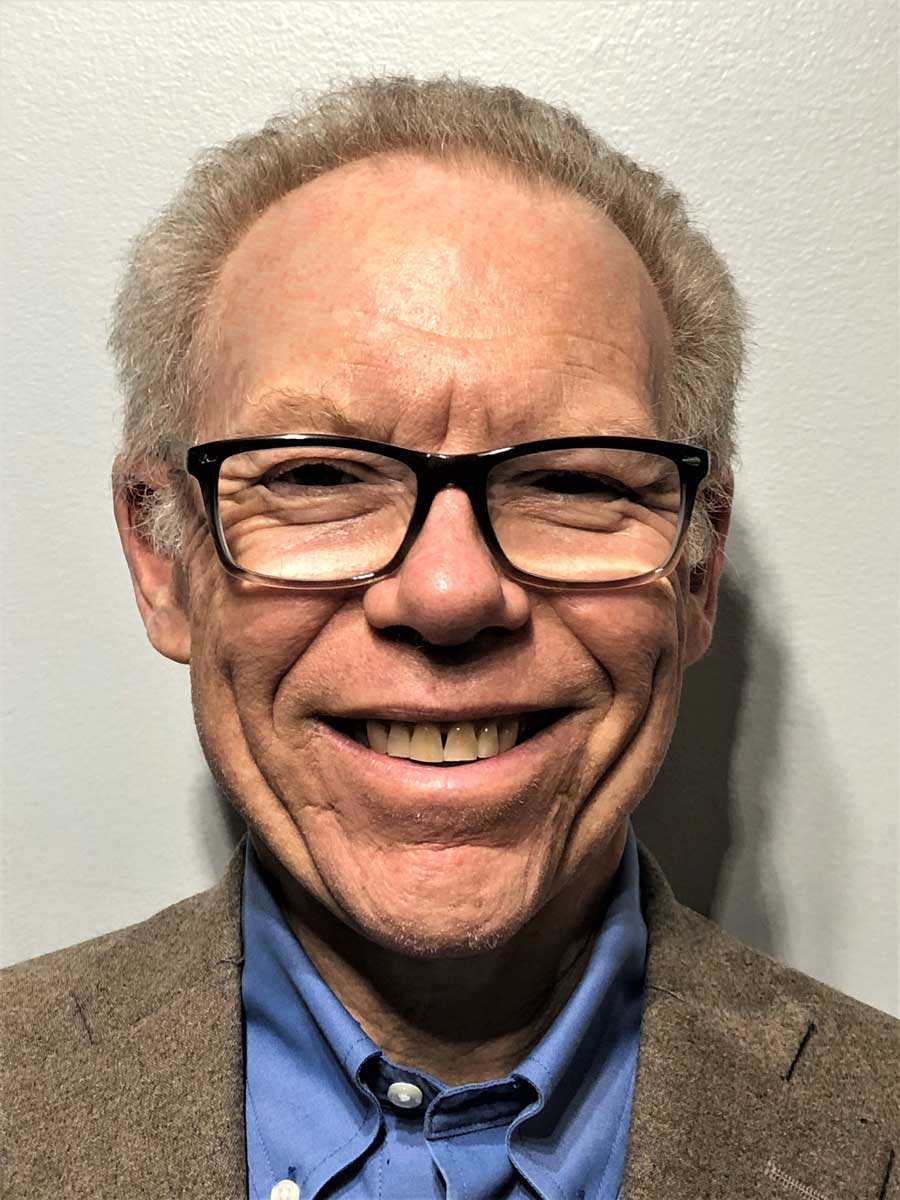
Thoughts on Growing Our Own Stewardship and Financial Leaders
Bill Clontz, UUA Stewardship Consultant
You don’t have to have been a participating member of a congregation for very long before you realize a couple of very important truths:
- While all our volunteer efforts are genuinely important, some constitute the lifeblood of our congregation; if they go poorly, we all suffer the consequences. Foremost among these is our Resources Team: Stewardship, Budget Drive, Finance, Endowment, Fundraising, Treasurer, and the Endowment.
- We often put good people in bad situations. For example, we ask them to serve on our Board and to assume financial oversight and responsibility for the congregation, with little or no preparation.
Both of these situations are all too common, put congregations at risk, and stress out good leaders. Fortunately, both can be resolved fairly easily, using the same tool.
I grew up in a minor league baseball town and so baseball analogies come to me often. Some years ago, I was pondering the problems noted at the outset of this blog and a baseball analogy came to mind that anyone, sports inclined or not, can readily grasp. I was pondering these challenges and found myself thinking “We need a farm team.”
Here is the structure for solving these problems. It doesn’t happen overnight, but quicker than you might expect, it gets the congregation on the road to strength and wellness in dealing with resources and leader development.
STEP 1: Recognize that not everyone is born to be a treasurer or on the stewardship team. People need some help getting into the task at hand, so provide them with good, accurate position descriptions, a good list of references and reading, and perhaps some counterparts in the congregation or in your cluster to talk with when they hit a speed bump along the way. The Congregational Stewardship Network, the UUA web site, the MONEY email group based out of the UUA web site, and the Stewardship Facebook Lab all can help provide these resources. Consider developing a short training program as a cluster project.
STEP 2: When recruiting someone for one of these Resources positions, let them know they will have help and guidance and they are joining a multidisciplinary team that works together. Accordingly, at some point in 2-3 years, they may be invited to take a break and then join one of the other Resource Team components. For example, serve on the Stewardship Committee for 3 years, take a year off, then come back for 2-3 years on the Finance Committee. And so on. No one is obligated to follow the multi-track path, but they are invited to do so, to become part of your congregation’s resources brain trust. They can decide one invitation at a time.
STEP 3: Provide a forum for these various teams to work together and to get to know each other in terms of their respective responsibilities. Some congregations bring them together 2-4 times a year under a Resources Council, chaired by a board member, others have the finance committee call a gathering periodically. By whatever means, they share goals, processes, best practices, and talk about possible rotation of some members over the next year or so, as well as shared lists of potential new members. I am a big fan of such teams having an explicit objective of adding at least one new member every year, rather than starting to look around when someone is ready to leave. Refresh and rotate on a planned basis.
STEP 4: Charge the leader of each of these resource teams to keep an updated and useful transition notebook to share with her/his successor. The book should have, as a minimum, the minutes of meetings, any work products developed during the leader’s tenure, and lessons learned during their tenure.
STEP 5: As farm team members go through two or more rotations, ensure your nominating or leader development team knows they have this experience and begins to consider them for nomination to the board in the near future.
That’s it. Not very complicated, is it? It does take a bit of planning an some monitoring, but once the system is in place, its almost self-perpetuating and yields outstanding results. As a side benefit, once the model begins to show results, other parts of the congregation are likely to develop similar models, to everyone’s benefits.
So, let’s…PLAY BALL!
Bill Clontz is the Southern Region’s UUA stewardship consultant and a member of the Congregational Stewardship Network. You can reach Bill through the CSN, through the Southern Region staff, or at bclontz@uua.org. Learn more about the CSN at http://www.uua.org/finance/fundraising/index.shtml.
This blog has a new posting each mid month. You may add it to your RSS feed. Comments and discussion are always welcome; share your experiences with us.

Stewardship Consultant Barry Finkelstein has been a Unitarian Universalist congregational stewardship consultant since the Fall of 2007 and has worked with over 100 congregations on annual budget drives, capital campaigns, and strategic planning. This is Barry’s last post as he is retiring effective January 1, 2025.
